Menu
Nitinol alloy is also known as Shape Memory Alloy (SMA). MetalsTek Engineering emerges as a pioneering force in NiTiNol, showcasing unparalleled expertise and innovation in producing Nickel Titanium Naval Ordnance Laboratory (NiTiNol) alloys. Our NiTiNol alloy products include wires, rods, sheets, plates, one-way and two-way springs, and other machined parts.
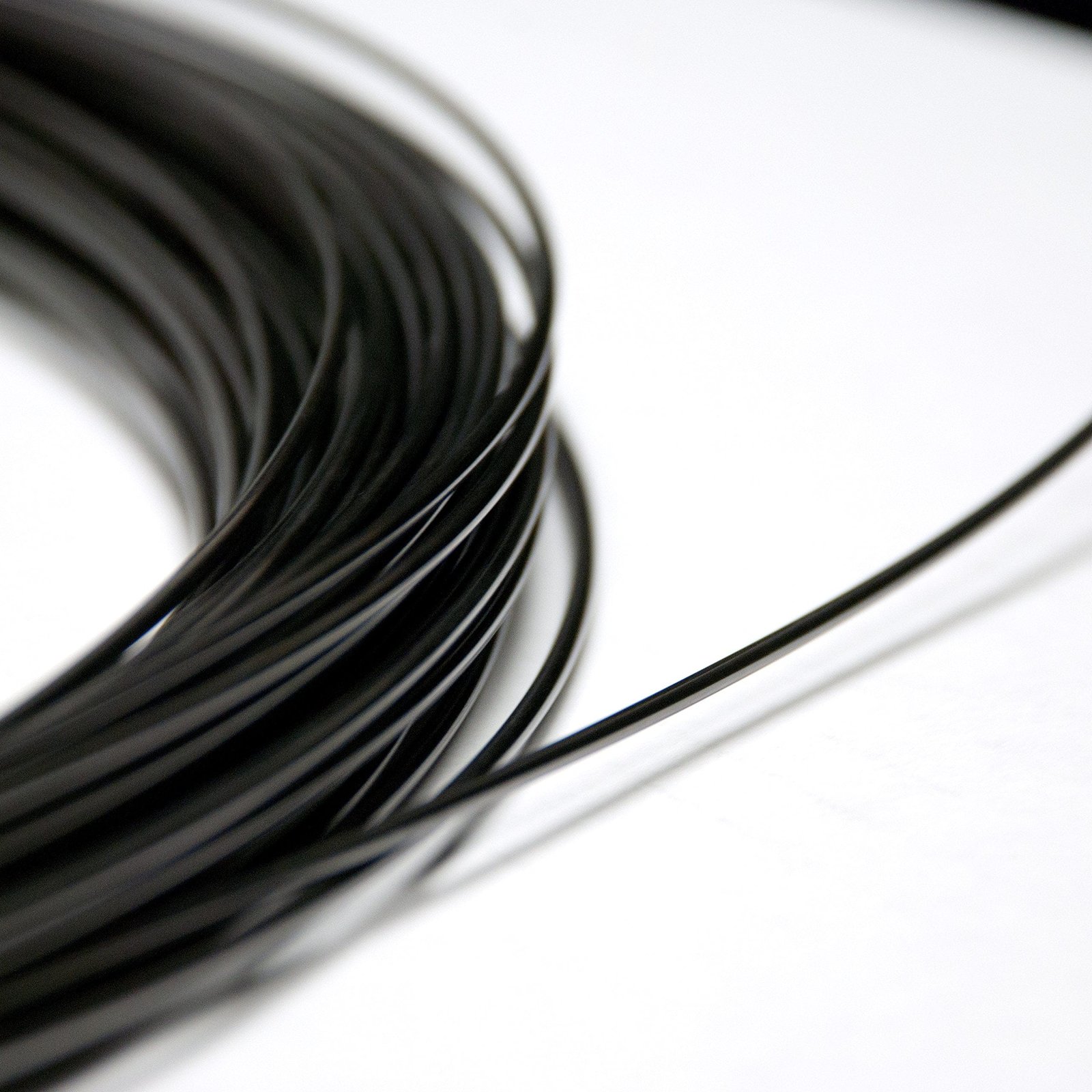
Material: NiTi, NiTiCu, NiTiFe, NiTiCr, NiTiNb, etc.
Size: Diameter ≥0.05 mm
Shape: Straight, Spool, Coil; Round Wire or Flat Wire
Standard: ASTM F2063
Austenite Finish Temperature(Af): Typically 60 ℃, -15 ℃ ~ 100 ℃ available
Applications: Dental Uses, Guide Wire, Glass Frame, Jewelry, Toys, etc.
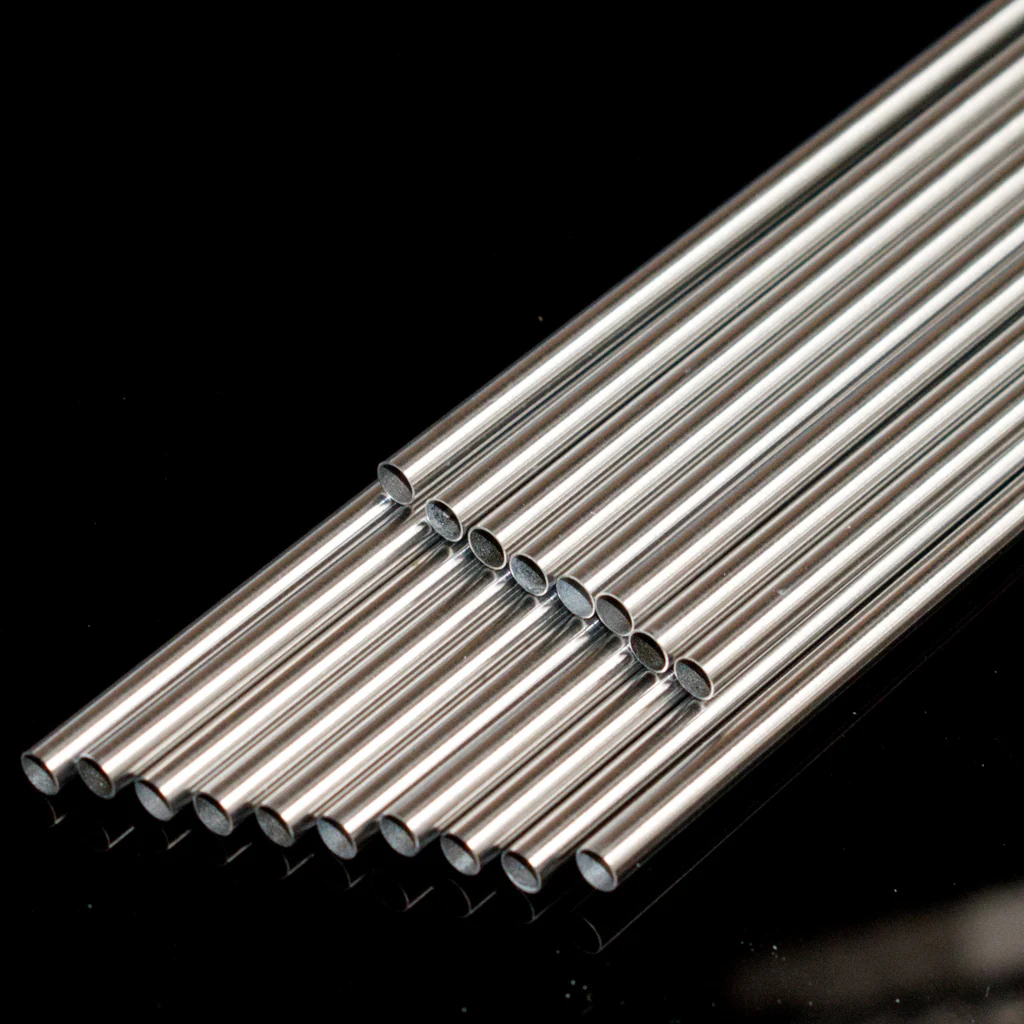
Material: NiTi, NiTiCu, NiTiFe, NiTiCr, NiTiNb, etc.
Size: Diameter ≥1.27 mm
Shape: Straight, Spool
Other: Fully Annealed or Finished
Austenite Finish Temperature(Af): Typically 60 ℃, -15 ℃ ~ 100 ℃ available
Nitinol shape memory alloy tubes, annealed straight, can be deformed when martensite and return to straight when heated to their Af temperatures, providing force and motion.
Nitinol shape memory alloy (SMA) tubes, annealed straight, can be deformed when martensite, and return to straight when heated to their Af temperatures, providing force and motion.
Nitinol shape memory tubes with activation temperatures between 40 and 60°C (104 – 140°F) are designed to pump coolant through their core, serving as an effective heat transfer medium. At room temperature, these memory alloy tubes are exceptionally malleable and respond effectively to relatively low heat.
MetalsTek offers rapid delivery of Nitinol tubes in various finishes and sizes, ranging from small hypo tubes (sought after by designers of advanced interventional products) to larger precision tubes used in peripheral and cardio stents.
We manufacture these tubes by drawing them from Nitinol bars that we melt in-house. Continuous collaboration between our engineering teams ensures efficient planning and communication. Our state-of-the-art equipment enables us to achieve tight tolerances.
The maximum length for these tubes is 500 mm (19.5 inches). We recommend purchasing the full 500 mm length to avoid imperfections that may occur with hand-cut shorter sections. These tubes are precision laser cut for accuracy. Due to their very thin walls, they are susceptible to squishing or bending, which can lead to permanent damage. The smallest achievable bend radius without wall buckling at room temperature is approximately 2 inches.
Please note that transition temperatures are approximate and may vary by ±10°C. The 60°C alloy typically has an Af temperature closer to 55°C and is slightly more malleable at room temperature. The 40°C tube begins to stiffen at around 35°C.
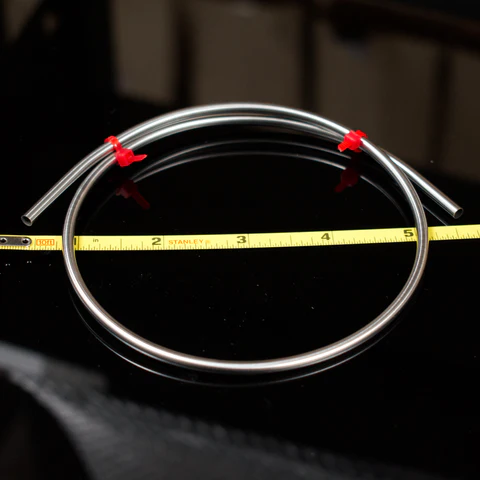
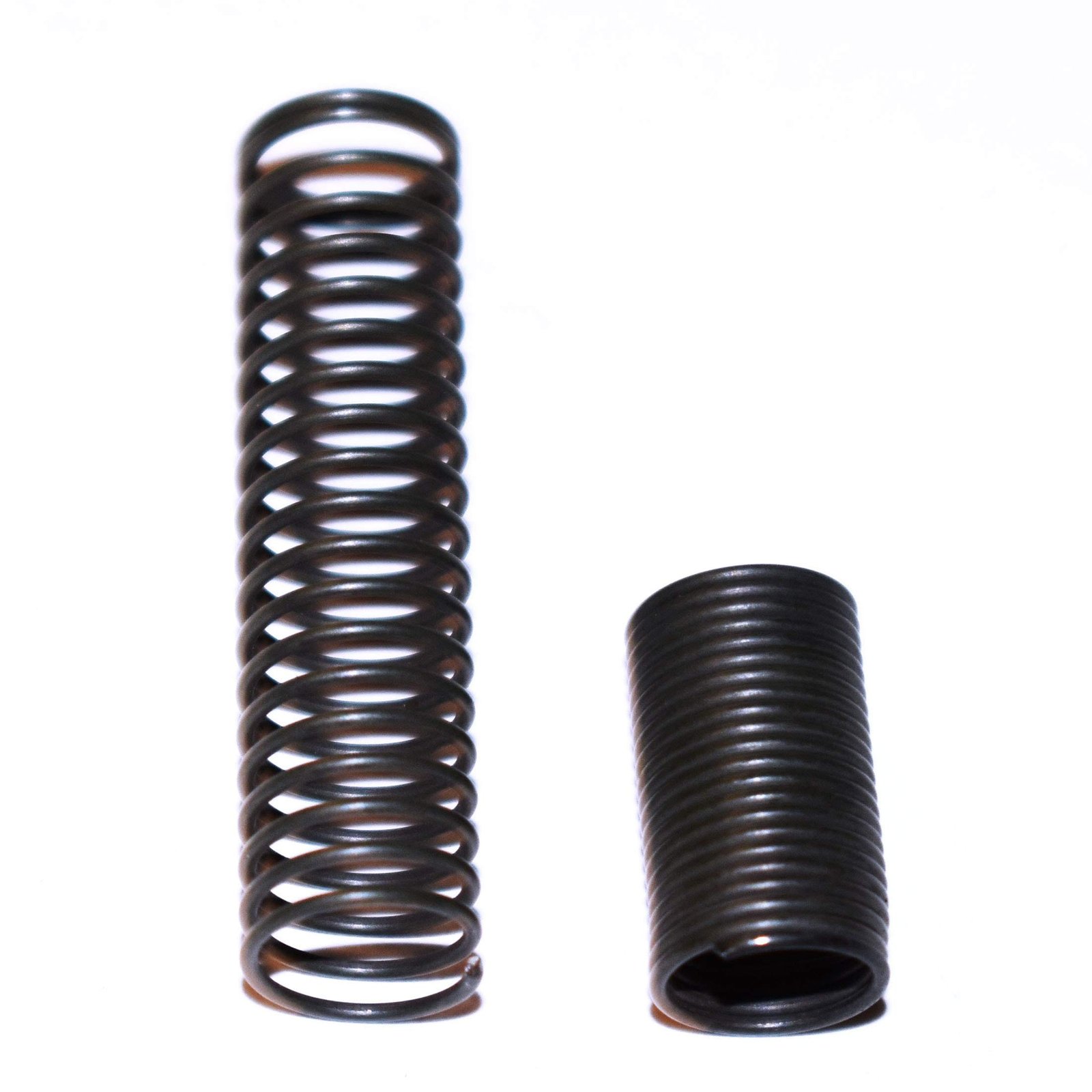
Material: Titanium Nickel Alloy
Model: Round Wire Coil Spring, Flat Wire Coil Spring
Type: One-Way Shape Memory, Two-Way Shape Memory
Austenite Finish Temperature: One-Way 0 ℃ ~ 100 ℃; Two-Way 15 ℃ ~ 60 ℃
Other: Customized Per Data/Drawing
1-Way ‘Contract when hot’ springs need to be manually pulled open when cold.
2-Way ‘Contract when hot’ springs expand when cooled without requiring any pullback mechanism.
1-Way and 2-Way springs have distinct pulling forces and characteristics. We recommend testing both types to determine which best meets your specific application needs.
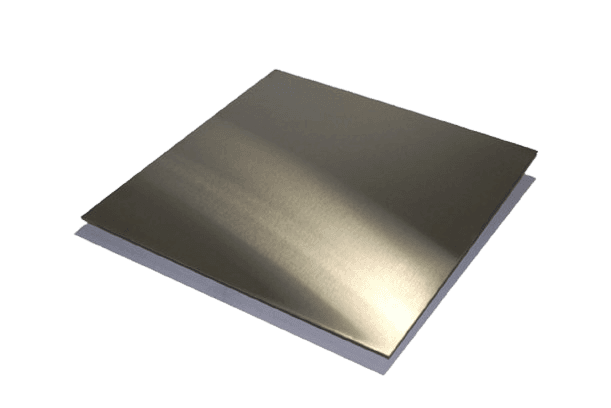
Material: NiTi, NiTiCu, NiTiFe, NiTiCr, NiTiNb, etc.
Type: Superelastic (SME, no memory) & Shape Memory (SMA)
Size: Thickness ≥0.05 mm, Cold Rolling Surface
Shape: Straight, Spool, Coil
Standard: ASTM F2063
Austenite Finish Temperature(Af): Typically 60 ℃, -15 ℃ ~ 100 ℃ available
Applications: Dental Uses, Guide Wire, Glass Frame, Jewelry, Toys, etc.
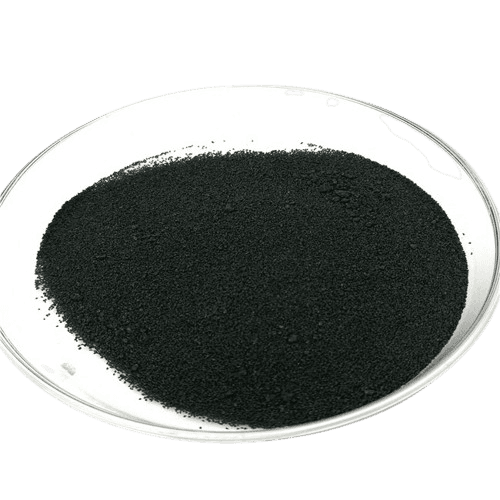
Composition: Nickel, Titanium
Purity: 99.9% Minimal
Properties: Gray, 4.0g/cc Min. Tap Density, Hot Flow Rate ≤30.0 s/50g
Particle Size: 5-25μm, 15-45μm, 15-53μm, 45-75μm, 45-105μm, 5-150μm
| Ni | Ti | Al | Cu | Mo | Si | Fe | Mg |
|---|---|---|---|---|---|---|---|
| 40~50 | 50~60 | <0.1 | <0.03 | <0.01 | <0.01 | <0.05 | <0.02 |
Applications of NiTiNol Powder
Biomedical Applications: The utilization of NiTi alloy powder is widespread in the biomedical sector, particularly in the production of medical devices and implants. Capitalizing on its shape memory properties, the alloy can be shaped, activated, and deployed within the body. Notable applications encompass stents, orthopedic implants, dental braces, cardiovascular implants, and surgical instruments.
Aerospace and Automotive Industries: NiTi alloy powder plays a vital role in the aerospace and automotive sectors, where it contributes to the manufacturing of components requiring high strength, lightweight characteristics, and exceptional shape memory. Examples include actuators, connectors, engine components, and vibration dampers.
Robotics and Actuators: In robotics and automation, NiTi alloy powder is a key material for producing actuators and shape memory alloys. Its inherent shape memory effect enables precise and controlled movements, making it suitable for applications such as robotic grippers, valves, and micro-actuators.
Electronics and Microtechnology: NiTi alloy powder finds application in microtechnology and electronics, particularly in the creation of microelectromechanical systems (MEMS), microsensors, micro actuators, and other miniature devices demanding precise control and shape memory properties.
Smart Materials: NiTi alloy powder is integrated into smart materials, showcasing unique responses to external stimuli like temperature, stress, or magnetic fields. These materials are employed across various fields, including aerospace, electronics, robotics, and biomedical engineering.
Research and Development: In research and development endeavors, NiTi alloy powder proves invaluable for studying the properties and behavior of shape memory alloys. Its use allows for the creation of prototypes and facilitates exploration into new applications and technologies.
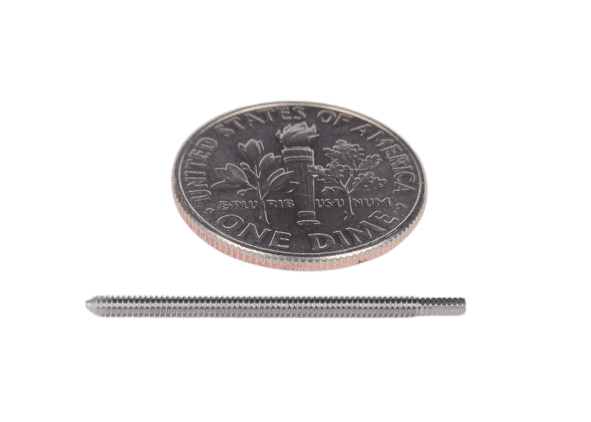
Material: Composition Can be Customized
Shape and Size: According to Data/Drawing
Typical Products: Circlips, Bistable Shape Memory Alloy Rings, Super-elastic Bracelets, Headphone Cables, and More
Nitinol, which is also known as nickel titanium, is a type of Shape Memory Alloy (SMA) made up of nickel and titanium. It has unique properties that make it useful in a variety of applications. Superelasticity, or pseudoelasticity, allows Nitinol to return to its original shape after being deformed. This characteristic makes it ideal for a range of uses, including medical devices such as stents and heart valves, eyeglass frames, robotics, actuators, and many other engineering and technological fields where shape-memory and superelasticity are beneficial. Nitinol’s shape memory effect enables it to “remember” its shape and change it depending on temperature. Nitinol’s properties arise from the reversible transformations between the austenite and martensite phases, which may be temperature-induced (shape-memory) or stress-induced (pseudoelasticity). The alloy is composed of nearly equal parts of nickel and titanium, with titanium accounting for around 43% to 46%. Nitinol’s unique properties and uses have made it an essential material in robotics and medical devices.
Small changes in the composition of Nitinol, a nickel-titanium alloy, can have a significant impact on its properties. Nitinol can be classified into two primary categories: super elastic alloy (SME) and shape memory alloy (SMA).
Super Elastic (SME) Nitinol exhibits extraordinary recoverable strains and kink resistance due to a stress-induced martensitic transformation. This allows the material to display excellent superelastic properties at body temperature.
Shape Memory Alloy (SMA) Nitinol is valued for its ability to regain a pre-set shape when heated above its transformation temperature. This shape memory effect is due to a phase transformation in the crystal structure when the alloy is heated or cooled, enabling it to revert to its previous shape with great force.
The main products of NiTiNol Alloy (SME and SMA) include wire and rod, tube pipe, sheet foil and plate, springs, spectacle frame/glasses frame, powder, and other machined parts.
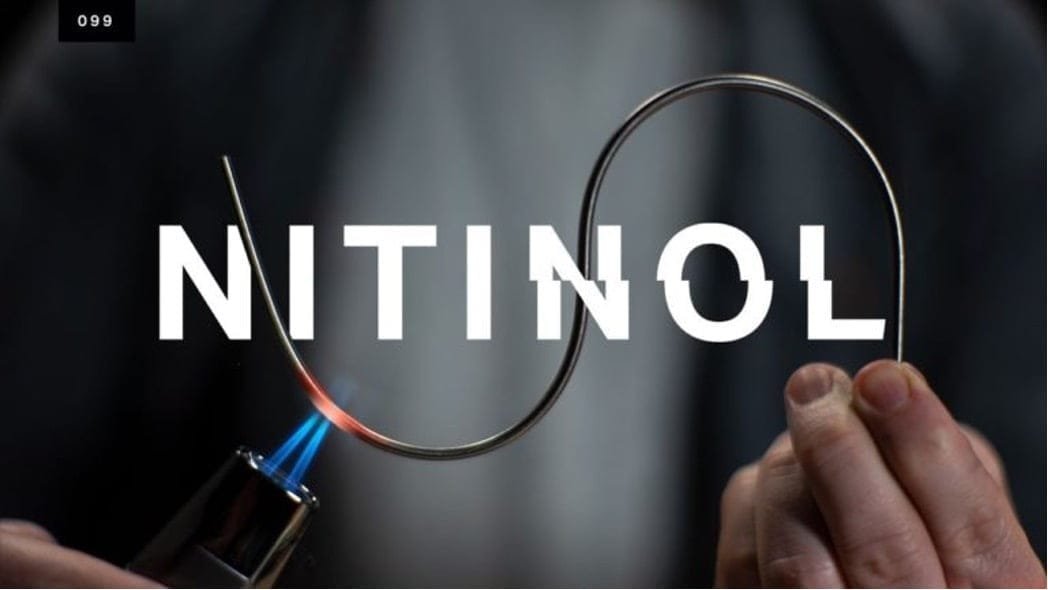
| Grade | Cold Worked | Superelastic | ||||||
|---|---|---|---|---|---|---|---|---|
| Ingot As (℃) | Min. Uts (psi) | Elongation (%) | Min. Uts (psi) | Elongation (%) | Loading Plateau (ksi) | Unloading Plateau (ksi) | Active Af (℃) | |
| Nitinol #1 | -35 to -10 | 220,000 | >4 | 180,000 | >10 | >70,000 | >20,000 | +10 to +18 |
| Nitinol #2 | -45 to -15 | 250,000 | >4 | 210,000 | >10 | >80,000 | >35,000 | 0 to +18 |
| Nitinol #4 | -10 to +10 | 220,000 | >4 | 180,000 | >10 | >65,000 | >7,000 | +14 to +22 |
| Nitinol #9 | ≥ +35 | 220,000 | >4 | 160,000 | >10 | >75,000 | >25,000 | ≤0 |
| Grade | Cold Worked | Superelastic | ||||
|---|---|---|---|---|---|---|
| Ingot As (℃) | Min. Uts (psi) | Elongation (%) | Min. Uts (psi) | Elongation (%) | Active Af (℃) | |
| Nitinol #5 | ≥ +85 | 220,000 | >3 | 160,000 | >10 | ≥ +85 |
| Nitinol #6 | +35 to +85 | 220,000 | >3 | 160,000 | >10 | +40 to +80 |
| Nitinol #8 | +10 to +35 | 220,000 | >3 | 160,000 | >10 | +22 to +40 |
Surface Finishes
Light Oxide (LO) Gold to Brown color – diamond-drawn surface
Dark Oxide (DK) Blue to Black color – diamond drawn surface
Black Oxide (BLK) Shiny Black color – diamond drawn surface
Etch (E) Chemical removal of oxide layer – maintain a smooth surface
Pickled (P) Chemical removal of the oxide layer along with a slight amount of base metal – the surface will have a rough texture. Etched and Mechanically Polished (EMP) Chemical removal of the oxide layer followed by mechanical polish – the surface will have a Stainless-Steel appearance, although at > 40x magnification, micro scratches are present.

Nitinol, a nickel-titanium alloy, finds diverse applications in various fields. Some of the critical applications of Nitinol include:
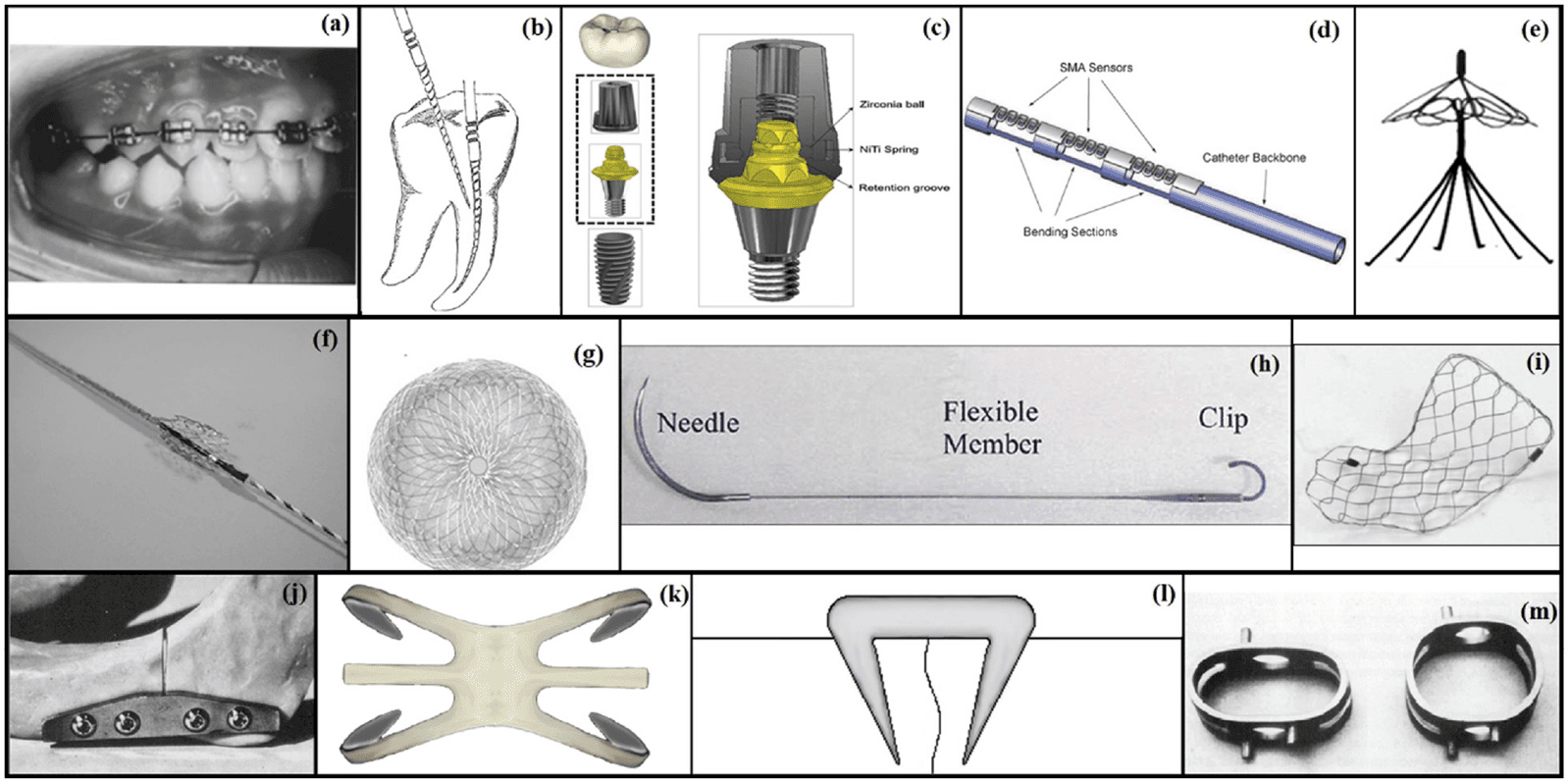

The versatility of Nitinol, stemming from its superelasticity and shape memory effect, has led to its adoption in various industrial and consumer applications.
Our NiTiNol Alloy are clearly tagged and labeled externally to ensure efficient identification and quality control. Great care is taken to avoid any damage which might be caused during storage or transportation.
Picture a metal that can remember its original shape, returning to it even after being bent, twisted, or stretched. This isn’t a scene from a sci-fi movie but the reality of NiTinol alloy—a remarkable combination of nickel (approximately 55%) and titanium (about 45%) that offers this almost magical ability. Known for its unique shape memory effect and superelasticity, NiTinol not only piques curiosity but also revolutionizes applications ranging from medical devices to everyday products.
Nitinol, a unique metal alloy, exhibits remarkable properties that make it highly versatile and valuable, particularly in medical applications. One of the key characteristics of nitinol is its shape memory effect and superelasticity. The shape memory effect allows nitinol to be deformed at one temperature, retain its deformed shape when the force is removed, and then recover its original shape when heated above its transformation temperature. This transformation temperature can be precisely tuned by adjusting the nickel-titanium composition, typically between -100°C to +100°C. Nitinol’s superelasticity enables it to undergo large deformations of up to 8% strain and then spring back to its original shape without permanent deformation.
In addition to its unique shape-changing abilities, nitinol also possesses excellent corrosion resistance, with a corrosion rate of less than 0.1 μm/year in saline solutions. It is highly biocompatible, with no known toxic or allergic reactions in the human body. Nitinol’s high strength-to-weight ratio, with a tensile strength of 895 MPa and a density of 6.45 g/cm³, further enhances its versatility.
The combination of these properties makes nitinol well-suited for a variety of medical applications, including stents for opening blocked arteries, guidewires for navigating through blood vessels, orthodontic wires and dental implants, and surgical instruments and devices. Mastering the complex metallurgy and processing of nitinol was initially challenging, but advances in melting, fabrication, and heat treatment have enabled widespread commercial use, particularly in the medical field.
Nitinol is a commonly used material in the medical device industry due to its unique properties, including superelasticity, shape memory, and biocompatibility. Some key applications of nitinol in medical devices include:
Sensors and Actuators
Nitinol is used extensively in the manufacturing of industrial-grade sensors and actuators. Its shape memory and superelastic properties allow it to be used in components like autofocus actuators in cameras and optical image stabilizers in mobile phones.
Construction
Nitinol is used in construction applications, particularly in intelligent reinforced concrete (IRC). Engineers embed nitinol wires within the concrete, allowing it to sense cracks and self-heal, improving the durability and strength of structures like skyscrapers and bridges.
Military Applications
The military has used nitinol couplers in F-14 fighter planes since the late 1960s. These couplers join hydraulic lines tightly and easily, taking advantage of nitinol’s shape memory properties.
Household Appliances
Nitinol’s thermal sensitivity is utilized in household appliances like deep fryers, where it is used to lower the basket into the oil at the correct temperature.
Eyewear
Nitinol’s superelasticity and shape memory properties have made it a popular material for eyeglass frames. Nitinol frames offer unmatched flexibility and durability, as they can effortlessly return to their original shape even after significant deformation.
Smart Devices
Nitinol is increasingly finding its way into smart devices, such as smartwatches with shape-changing interfaces and foldable smartphones, taking advantage of its shape memory and superelastic qualities.2
Automotive Applications
Nitinol actuators can be used as engine mounts and suspensions to control vibration, helping prevent damage to automotive structures. Nitinol springs are also envisioned for use in engine cooling, carburetor and engine lubrication controls, and radiator blinds.
Other Everyday Products
Nitinol enables magic spoons from magic shops to bend when placed in hot water, demonstrating its shape memory effect in a playful consumer application.
Despite its advantages, working with NiTinol presents certain challenges.
Manufacturing Challenges
Material Properties
Cost
Biocompatibility Concerns
The price of NiTinol alloy is influenced by several factors, primarily the costs of nickel and titanium, which are its main components. Market prices for nickel can range from $15,000 to $20,000 per ton, while titanium can cost between $3,000 and $6,000 per ton, depending on market fluctuations. Additional factors include processing costs, the complexity of the manufacturing process, and demand in sectors such as medical and aerospace industries, which can drive prices higher. Generally, the price for NiTinol alloy ranges from $300 to $500 per kilogram, varying with purity and the specific requirements of the application.
Looking to the future, the potential applications of NiTinol continue to expand. Researchers are exploring its use in robotics, particularly for developing ‘muscle wires’ that act as artificial muscles, providing robots with the ability to move with a new level of finesse. Such innovations could revolutionize the robotics industry, paving the way for more advanced, capable, and adaptable robots.
Moreover, recent developments in additive manufacturing techniques have helped overcome some of the traditional challenges in nitinol processing, such as machining difficulties. This is opening up new design possibilities and improving productivity for nitinol-based products across industries.
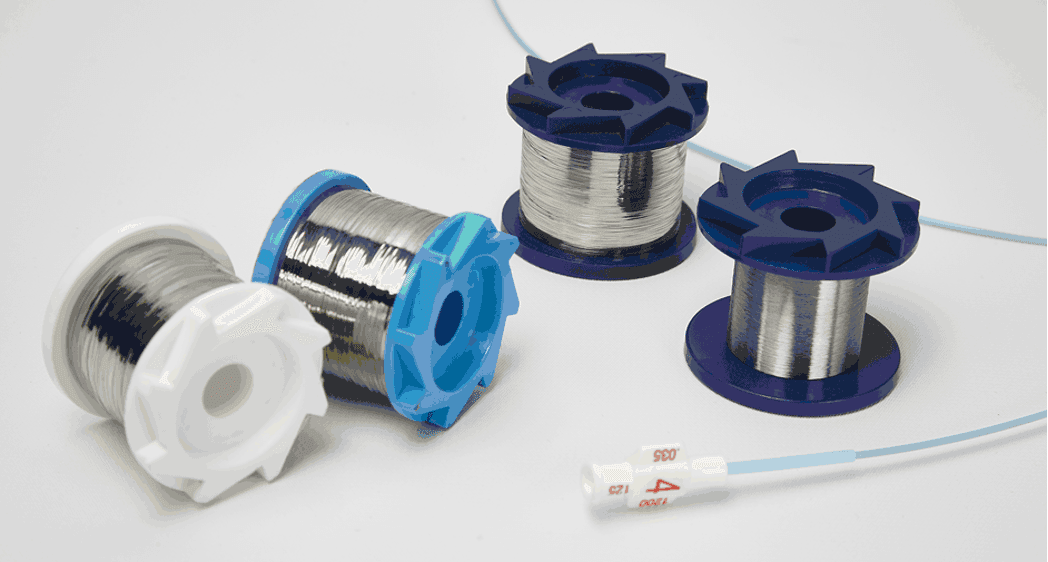
NiTinol alloy is not just a material but a pivotal innovation in material science. Its ability to remember and return to its original shape opens up a world of possibilities across various sectors. From life-saving medical devices to enhancing the comfort and durability of everyday products, NiTinol continues to demonstrate its worth as a magical, transformative material that pushes the boundaries of technology and improves our daily lives.